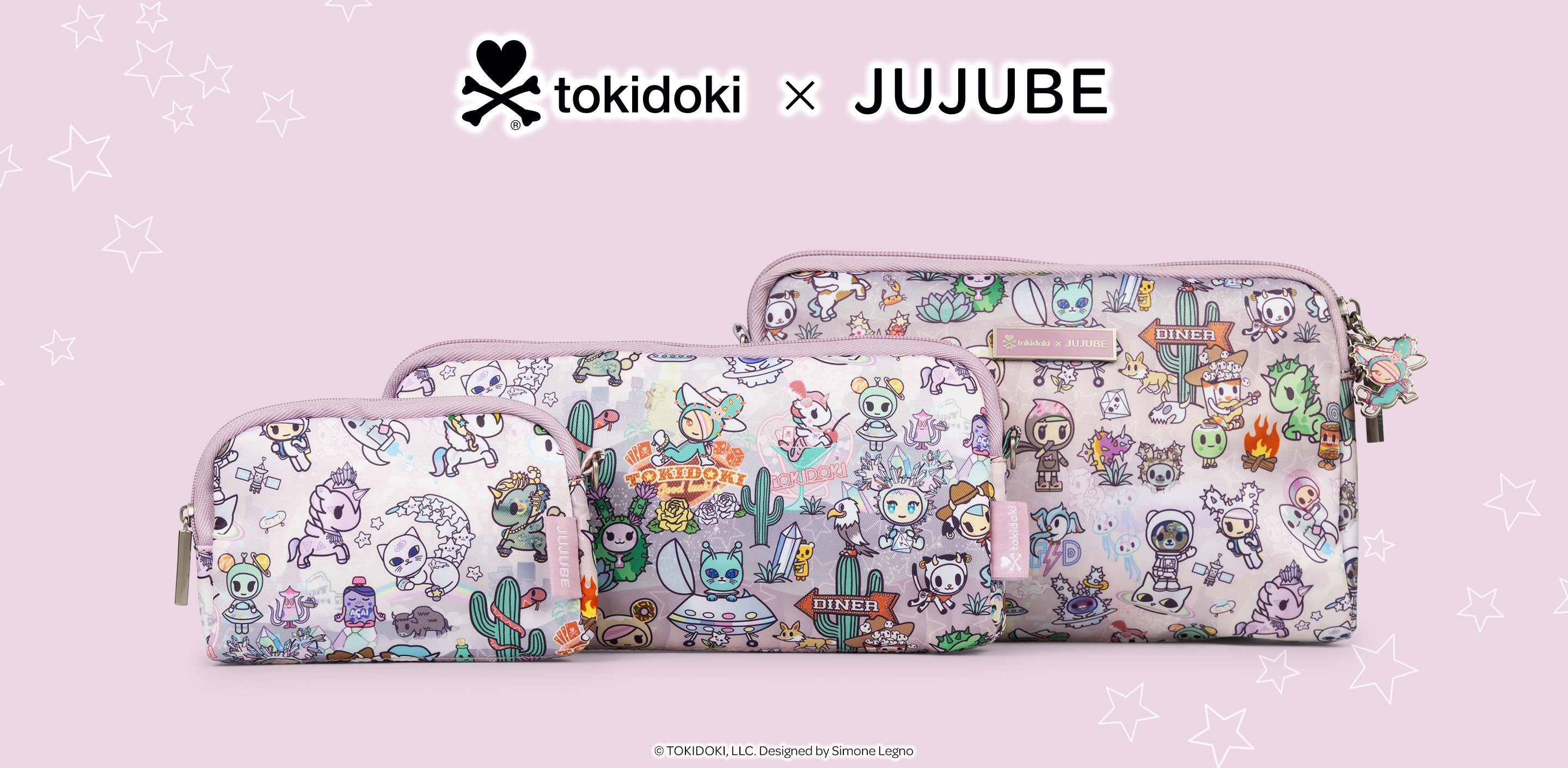Breastfeeding may be one of the most natural, intimate experiences you share with your little one, but nature doesn’t always come, well, naturally! Just like any new parenting experience, it’s perfectly normal to encounter a little discomfort, a bit of a learning curve, and a setback or two in your breastfeeding journey. Both you AND baby are new to this, and to each other. It might take a little time to get it all figured out.
To help your breastfeeding journey be as comfortable and stress-free as possible, we asked Anissa Cornelius of Little Star Birth Services to share some tips and advice for dealing with some of the most common aches, pains, and discomfort new parents encounter. In her post-partum work, she’s seen a little bit of everything, and had some practical ways to prepare for and soothe breastfeeding pain.
The ouch:
Cracked or chapped nipples. Even if baby’s latch is perfect, it’s not unusual for your nipples to be sore or chapped as your body adjusts to its new skill.
What to try:
Nipple cups.
“Silverette cups have been working wonders for my clients lately,” says Anissa. Designed to cover and protect your nipples between feedings, silver cups protect chapped or sore nipples from friction, and have antibacterial properties that can help them heal. Wear them with or without absorbent breast pads – your nursing bra will hold them in place!
Break baby’s latch (gently!).
If you need to stop baby from feeding, protect sore nipples by gently releasing suction before you remove baby from your breast. Carefully insert a clean finger into baby’s mouth, between their gums, and make a soft quarter-turn to release the tension and let you pull away without stressing tired skin.
Breastmilk.
One of the oldest, tried and true remedies for chapped nipples. After feeding, spread a little breast milk over chapped nipples and allow them to air dry. Making sure your nipples are dry before you cover them can help reduce chances of rawness or infection.
Check baby’s latch.
Schedule an appointment with a lactation consultant or your health care provider to make sure that baby is latching well and getting what they need.
See your care provider if: nipples burn, blister, appear shiny, or peel.
The ouch:
Clogged ducts. If you notice a small lump in your breast tissue accompanied by nursing pain, a clogged duct is a likely culprit.
What to try:
Wet or dry heat before nursing.
Heat serves two purposes – it helps tissue to relax and expand, and it eases pain. Take a warm shower or apply a warm compress, then feed your baby right away to help release a clogged duct.
Epsom Salts.
“For clogged ducts, I recommend hand expressing into warm Epsom Salt water,” Anissa suggests. “Whether in a bowl or while you relax in the tub, submerging the breast into a combination of salts and warm water can help get things moving again and resolve your pain. If you have a silicone manual breast pump, like this one, you can fill it with warm Epson salt water before you pump for a simple, do-it-anywhere solution.”
See your care provider if: you have a large hard or red area of the breast, shooting or burning pain, or if a lump persists for more than a couple days.
The ouch:
Uterine cramps that feel like menstrual cramps.
What to try:
Warm compresses.
Uterine contractions, especially while nursing, are common in the first few weeks of parenthood as your uterus returns to its pre-pregnancy shape and size. Some of the same solutions you use for your period, like a gentle heat pack or some low-key movement and stretching, can help relieve cramps while nursing.
See your care provider if: pain is severe, or accompanied by flu-like symptoms.
The ouch:
Swollen, painful breasts.
What to try:
Adjust your feeding schedule.
Shorter, more frequent feedings might help regulate milk production and keep things moving more comfortably.
Gel packs.
Cooling gel packs feel great, ease soreness, and generally make all things feel a lot better. Make sure you have a few on hand – they’re useful for nearly any kind of breastfeeding-related discomfort.
See your care provider if: you have a fever, chills, red streaks on your breasts, or pain deep in the breast tissue.
Remember, a little discomfort and a whole lot of learning curve is absolutely the norm for your first few weeks of breastfeeding. That said, don’t suffer – if you’re experiencing significant pain, it never hurts to reach out to a post-partum doula, a lactation consultant, or a doctor for advice and guidance. You deserve comfort and care – after all, it’s pretty extraordinary work, feeding a brand new human!
Here’s to the incredible bond and priceless memories you’re making.
The content is not intended to be a substitute for professional medical advice, diagnosis, or treatment. Always seek the advice of your physician or other qualified health providers with any questions you may have regarding a medical condition.
The content is not intended to be a substitute for professional medical advice, diagnosis, or treatment. Always seek the advice of your physician or other qualified health providers with any questions you may have regarding a medical condition.





